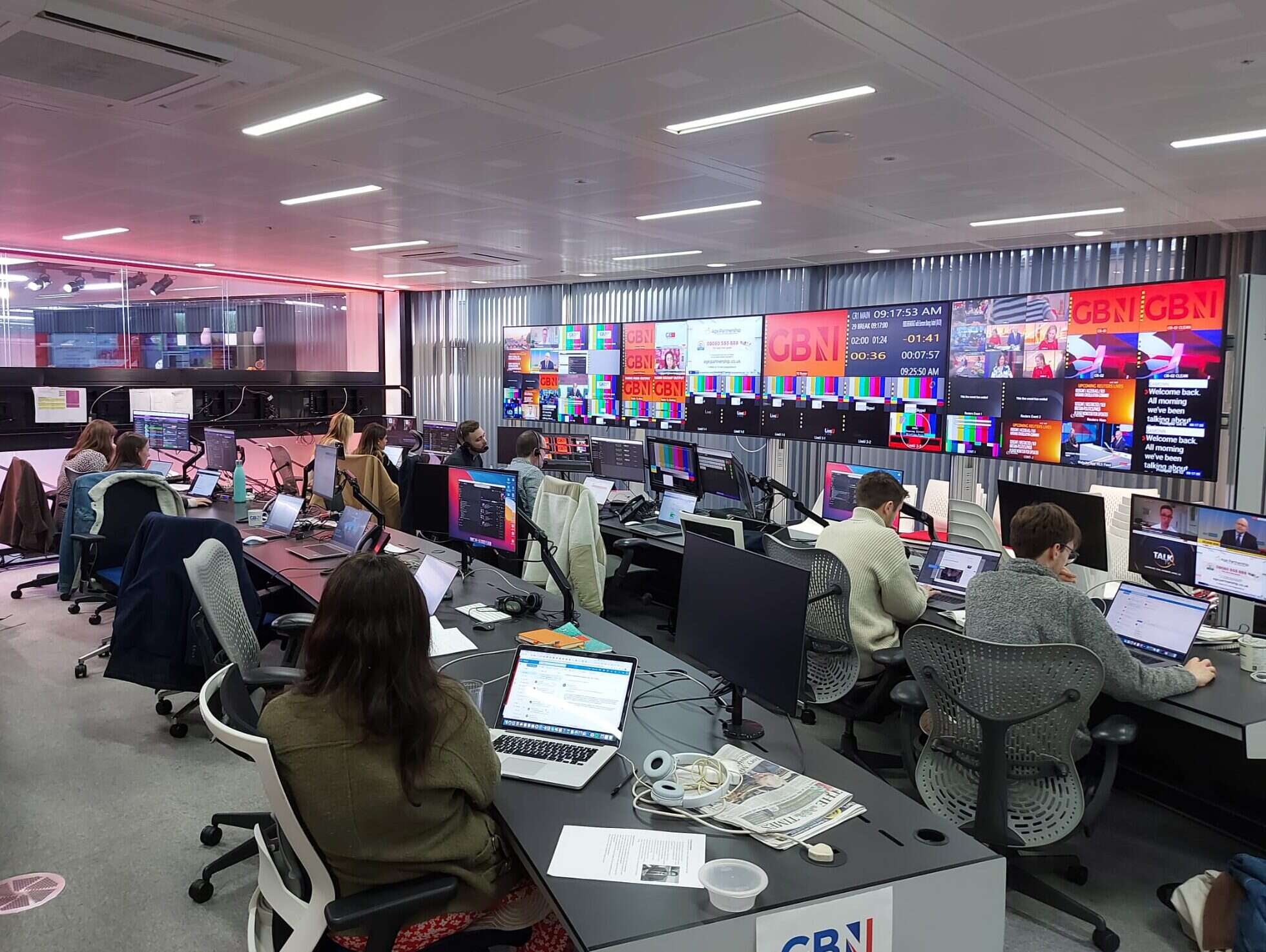Last week Telegraph Media Group announced that it was to launch a metered-access model for its website meaning that readers who wish to see more than 20 articles a month will have to pay.
The same day, The Sun revealed that it would be adopting a subscription model online later this year when its £20m deal to show near-live Premier League highlights kicks in.
Here we chronicle six years of coverage since the FT adopted a metered-paywall model online:
October 2007: Financial Times opens up a new porous paywall
In an attempt to fend off strong competition from the Wall Street Journal, the FT created a ‘third way’ pay wall. This allowed readers to access 30 articles a month for free, before being made to subscribe.
17 September 2009: The Spectator erects paywall for magazine content
While online-only content such as blogs remained free, the magazine’s content went behind a paywall to become profitable in its own right.
18 September 2009: Google boss says paid-for online news won’t work
Google chief executive Eric Schmidt said that pay walls on online news content would be unsuccessful because of alternative sources.
October 2009: Economist.com introduces a paywall
The paywall allowed free access to content under 90 days old, requiring a subscription for any older material.
January 2010: Guardian considers pay wall
Guardian News & Media considered introducing a paywall for PaidContent, its digital media news site, surveying readers on competitors and possible prices.
9 March 2010: FT says it will move video behind the pay wall
Stephen Pinches, FT lead product developer, said that the Financial Times’ video content will be moved behind the title’s paywall.
31 March 2010: Johnston Press abandons paywall experiment
The regional publisher had introduced a paywall on some of its local paper websites in England and Scotland, but qremoved it after a few weeks and the experiment appears to have been failure.
20 April 2010: Daily Mail vows they will never have a paywall
Daily Mail & General Trust, owners of the Daily Mail and other local newspapers, insisted that their websites will never have a paywall, and that ad revenue will pay for the sites.
May 2010: Times websites launch for a free trial before paywall
The Times and Sunday Times websites held a free trial period before erecting an all-or-nothing pay wall, stopping readers accessing any content without payment. This was the most ambitious paywall to date.
July 2010: 78 per cent expect Times paywall to fail
In a survey held by PR Week, 78 per cent of participants said they did not believe the pay-for-content online model would work.
October 2010: News of the World pay wallactivated
Alongside its News International peers, News of the World relaunched and required readers to pay a daily or monthly rate to access content.
February 2011: Emap say that paywalls have boosted subscriptions by a quarter
Since magazine publisher and broadcaster Emap reintroduced a paywall structure to its B2B websites, the company said that subscriptions were pushed up by a quarter, with 70 per cent renewal rates.
March 2011: Wolverhampton’s Express & Star to introduce pawall
The UK’s biggest local paper announced that it would be launching a ‘premium’ version of its website for paying readers only. Readers who read for free merely receive highlights of the day’s news.
May 2011: The Sun refuses to go behind News International pay wall
The Sun said that there were no plans to put its website behind the News International paywall, saying that the ‘mixed’ model was working for the website.
1 June 2011: Haymarket’s media titles to go behind an online paywall
Brand Republic, PR Week and Media Week were just some of Haymarket’s titles to go behind a flexible paywall. Readers could access a certain number of articles before having to pay for full content.
30 June 2011: Times boasts over 100,000 digital subscribers
A year after The Times and The Sunday Times introduced their all-or-nothing pay wall, their sites had over 100,000 subscribers, News International said.
August 2011: Herald Scotland to introduce a flexible pay wall
Newsquest's Herald & Times, publisher of The Herald and Sunday Herald, announced their plans for a paywall which would allow readers to access some free articles before having to pay for the full website.
October 2011: Independent will require international readers to pay
Focusing on American readers, The Independent said they were going to charge international readers after they had read 20 articles. The website would remain free for UK readers.
18 January 2012: Express & Star abandons paywall after just nine months
Less than a year after its introduction, the pay wall on the Wolverhampton Express & Star was scrapped. While the website went back to being free, the iPad and iPhone apps still cost £1.49 a week.
24 January 2012: Scottish daily goes behind partial pay wall
The Greenock Telegraph, one of Scotland’s oldest regional newspapers, announced the introduction of a partial pay wall to access the majority of the website.
February 2012: Times to double digital subs price
The Times and Sunday Times doubled their digital subscription costs to £4 a week for unlimited website access.
June 2012: Times launches Tumblr blog outside of paywall
The Times’ opinion section ventured outside of the paywall with a Tumblr account providing additional coverage and links to other magazines and news sites.
September 2012: The Times allows Google behind the paywall
For the first time since its introduction, the all-or-nothing pay wall on The Times’ websites relaxed so that Google showed the title and first sentences of articles in Google searches.
November 2012: Telegraph to charge international readers for content
The Daily Telegraph followed in The Independent’s footsteps and erected a partial pay wall for non-UK readers. International readers were able to access 20 articles for free before having to pay for digital content.
December 2012: Mirror launches free iPad app
Breaking away from the rest of the UK press, the Daily Mirror launched its iPad app for free during the week. International readers had to pay for the app.
February 2013: New York Times says that digital subscriptions have overtaken ad revenue
With a huge increase in income, the revenue from the New York Times’ subscriber income overtook money from ads for the first time.
15 March 2013: Andrew Sullivan's relaunched The Dish sees success with its metered pay wall
A month after political blog The Dish launched, funded entirely by reader subscriptions, over $100,000 was raised from over 5,000 readers.
19 March 2013: Washington Post introduces metered pay wall
Following on from its peers, The Washington Post erected a pay wall that allowed readers to have access to 20 articles before asking for payment.
26 March 2013: Telegraph announces that UK readers have to pay too
After the successful international trial, The Daily Telegraph will widen its partial pay wall to UK readers. After 20 free articles, readers can pay just £1.99 a month for unlimited access to the website.
26 March 2013: The Sun to start charging for website access
Just hours after The Daily Telegraph’s announcement, The Sun followed suit, charging readers who wanted to see more than 20 articles on the website.
Email pged@pressgazette.co.uk to point out mistakes, provide story tips or send in a letter for publication on our "Letters Page" blog






